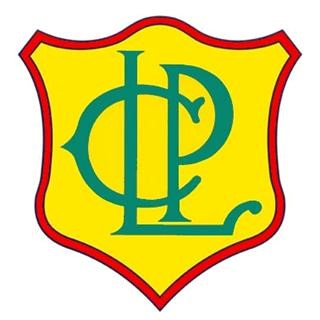Design and Technology
Design and Technology at Lea
Our Design and Technology champion is: Miss Lightfoot.
Intent
At Lea, we are designers. We aim to nurture our children’s creativity and critical thinking skills, whilst supporting them in developing technical, practical and analytical skills. We aim to inspire our children to explore how technology can shape our lives for the better and build a solid foundation in design, engineering and practical skills. We promote learning experiences that are memorable, engaging and that meet the needs of all learners.
Our children are encouraged to work independently and in teams to produce high quality end products. Our children are encouraged to reflect and aspire to improve their skills and think about the impact of technology on daily life. Our children learn to understand that perseverance is key to solving problems. Our DT curriculum supports our children to imagine future uses of technology needed for our world to improve.
Wherever possible we link our work to other disciplines such as mathematics, science, engineering, computing and art. The children are also given opportunities to reflect upon and evaluate past and present design technology, its uses and its effectiveness and are encouraged to become innovators and risk-takers.
Implementation
Our implementation of the Design and Technology curriculum centres around three key principles: breadth, balance, and progression. Our Design and Technology curriculum is carefully sequenced from the Early Years and uses the National Curriculum and Early Years Framework as its starting point. This is supported by the fantastic KAPOW primary scheme.
All children in our school learn substantive knowledge which is based on the knowledge of four key elements of the process of design. These elements are:
- Design - know how to design a product that is purposeful, functional and appealing to a specific group.
- Make - know how to cut, join and finish a range of increasingly complex materials, ranging from paper to wood.
- Evaluate - know how to investigate, evaluate and analyse a range of existing products and their own designs based on a specific design criteria. In addition to this, children will know key individuals have helped to shape the world in which we live in.
- Technical knowledge - know how to apply their knowledge of specific materials to meet the criteria listed above in the design, make and evaluate stages.
All of these elements will be taught from EYFS to Year 6 and vocabulary is taught explicitly and will be deliberately practised and applied through the 4 key elements.
Disciplinary knowledge in design and technology is the process of enabling children to use their substantive knowledge of products and materials around them to make links between and across different areas of the curriculum. Disciplinary knowledge that will be explored and developed throughout the D&T curriculum as pupils move through the school is as follows:
- Responsibility: (working safely, how design can solve problems, choosing the right materials, responsibilities to customers to ensure quality / reliable products, healthy eating, quality ingredients)
- Similarity and difference: (making comparisons, noting differences and drawing conclusions)
- Cause and consequence: (identifying how things work, how an action can cause change/movement)
- Significance: (significant designers and designs, real world examples of effective and successful products)
- Written and oral expression: (Using terminology, evaluating, creating accurate designs, labelling and annotating, explaining processes, presenting)
The Design and Technology curriculum is split into six key areas as follows:
- Cooking and Nutrition
- Mechanisms and Mechanical Systems
- Electrical Systems
- Digital World
- Structures
- Textiles
Knowledge in design and technology will equip the children with the opportunity to explain how and why products have changed over time and how they might be further improved in the future. They can use their knowledge and understanding to suggest how existing products may be improved with the advances in modern technology. Children will demonstrate that they have the cultural capital to become global citizens in an ever changing and technologically advancing world.
Design and Technology is taught every half term with three different units being taught in every year group over the course of an academic year. As part of our extra-curricular offer, Design and Technology learning from the classroom is extended to our clubs.
Teachers are equipped with the knowledge of what children have previously been taught and what will be taught in the future. They understand what core knowledge children need to acquire and ensure they teach hinterland knowledge throughout the curriculum.
